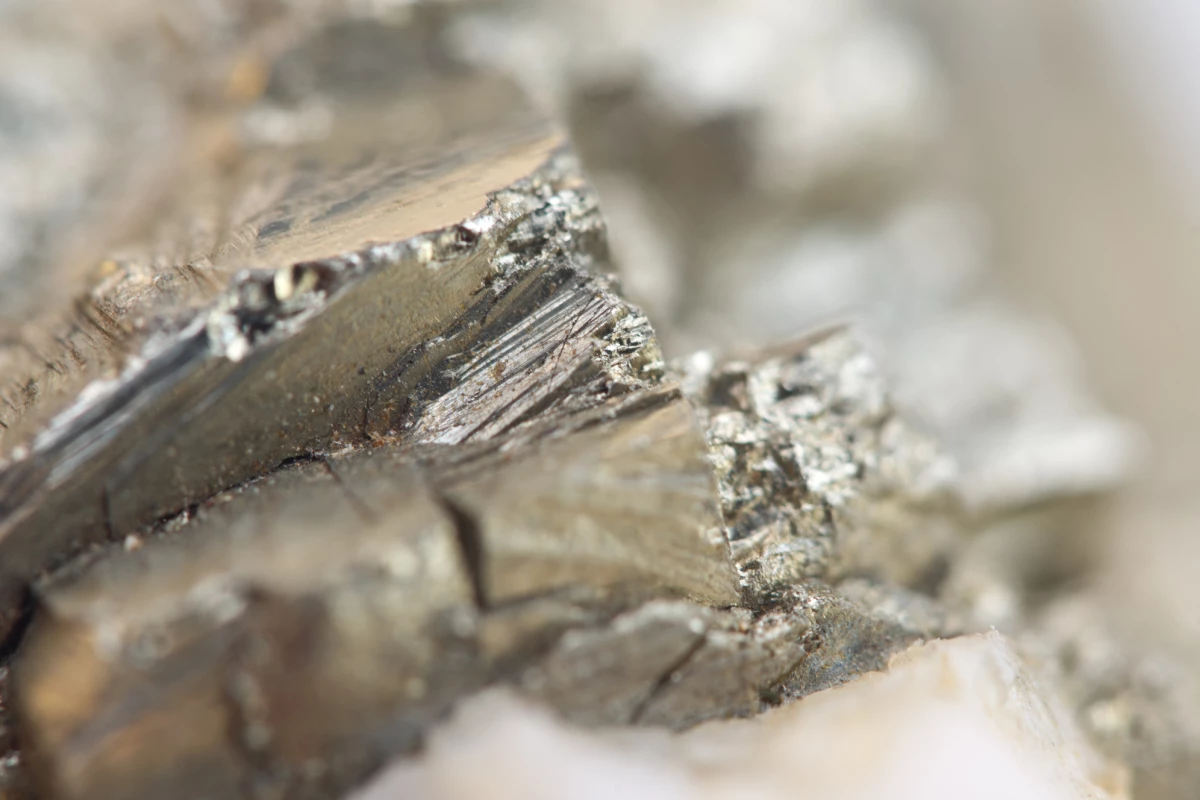Researchers have for the first time managed to use electricity to switch on magnetism in a material that’s normally non-magnetic. The find could be a step towards making electronic components out of common materials that might not otherwise be suitable.
Put simply, ferromagnetism – the strongest form of the phenomenon – arises in a material when the majority of electrons in its atoms spin in the same direction. For non-magnetic materials, the electrons are usually paired up so that their opposite spins cancel out the magnetic field.
There aren’t many substances that are natively ferromagnetic, but the most common ones are iron, cobalt and nickel, as well as their alloys. That doesn’t give engineers all that much to work with when creating electronic devices.
But now, researchers have managed to induce magnetism in a material that’s usually not magnetic at all. The material in question is pyrite, also known as iron sulfide or “fool’s gold.” In this study, the team used a technique called electrolyte gating. First, they placed the pyrite in contact with an electrolyte – an ionic liquid they compare to Gatorade.
Then, the team applied a small zap of electricity, of just one volt. This worked to move positively-charged molecules to the areas where the electrolyte and pyrite touch, creating a measurable magnetic force. Interestingly, as soon as the voltage was switched off, so was the magnetism, which could come in handy in electronics applications.
“We were pretty surprised it worked,” says Chris Leighton, lead researcher on the study. “By applying the voltage, we essentially pour electrons into the material. It turns out that if you get high enough concentrations of electrons, the material wants to spontaneously become ferromagnetic, which we were able to understand with theory. This has lots of potential. Having done it with iron sulfide, we guess we can do it with other materials as well.”
Magnetism has been induced in other non-magnetic materials before, by removing electrons to change the ratio of spin directions. But the team says this is the first time a material has been transformed electrically.
The researchers plan to continue investigating the work, including performing the process at higher temperatures and with other non-magnetic materials.
The research was published in the journal Science Advances.
Source: University of Minnesota




